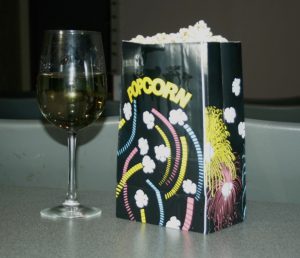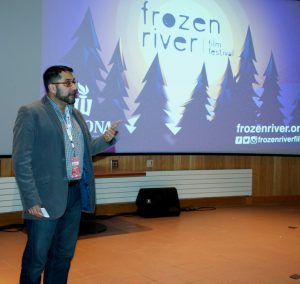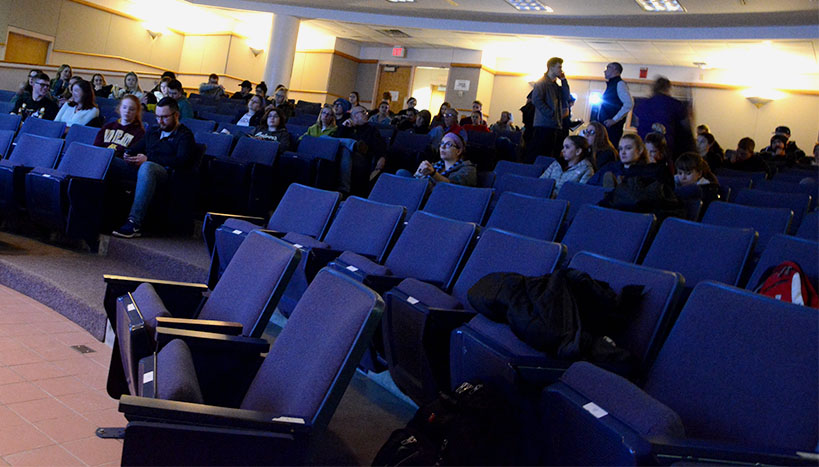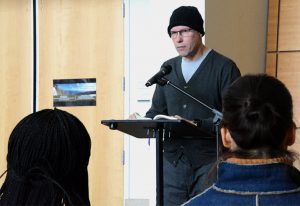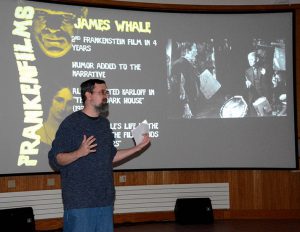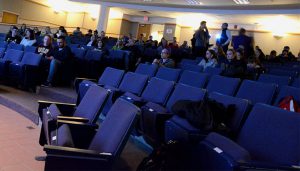The 90th annual Academy Awards, also known as the Oscars, was hosted by The Academy of Motion Pictures Arts and Sciences on March 4.
This year featured a wide range of genres such as horror, science fiction, drama and war films in the award nominations, especially in the Best Picture category.
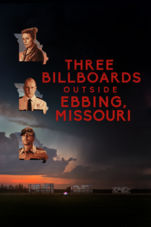


There were nine nominees for the category, many of which feature the work of well-known directors such as Guillermo del Toro, Christopher Nolan and Steven Spielberg.
There were also little-known and first time feature film directors such as Jordan Peele and Greta Gerwig represented in nominated films.
Film critics, such as those writing for “Forbes” and “The New Yorker”, projected the most likely Best Picture winners were del Toro’s “The Shape of Water” and Martin McDonagh’s “Three Billboards Outside Ebbing, Missouri.”
Both films have won awards in other competitions such as the Producers’ Guild Awards and the Golden Globes.
Lindsey Brezinski , a film studies student at Winona State University, said, “Ultimately, based on the results of Best Actress and Best Supporting Actor, I was expecting “Three Billboards Outside Ebbing, Missouri” to win Best Picture.”
In the end, “The Shape of Water” took the Oscar.
“I was ecstatic when “The Shape of Water” won,“ Brezinski said. “I personally loved the film and it was nice to see something I wasn’t expecting win the award. It’s a big win for science fiction films as well!”


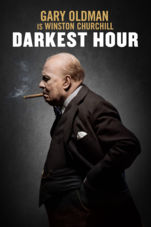
To film studies students, The Oscars are considered the most prestigious film awards.
Being nominated by and voted on by professionals in each category, with some exceptions, such as Best Picture, which all members of the Academy vote.
“The Oscars are important,” Brezinski said, “because they bring films that may have not been seen by a wide audience into the spotlight and allow people to step out of the big-bucks studio blockbuster bubble they typically live in.”
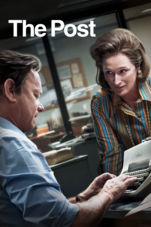


Jake Nielsen, another WSU film studies student said, “It’s the biggest night of the year for movies. A lot of emphasis and prestige is added to the films that win Best Picture.”
There are things that upset film fans about the Oscars.
“There is also a lot of dumb upsets that happen that are predictable because of how The Academy tends to vote,” Nielsen said.
Nielsen expressed disappointment that many low-budget independent films of great quality are ignored for the big-budget studio films.
Seth Lamey, a film student at WSU, said, “I think it is tough for cinephiles [those who study film] because on one hand they want to celebrate the year of film,but on the other side there is a lot more depth to the cinematic year that isn’t even being talked about.”

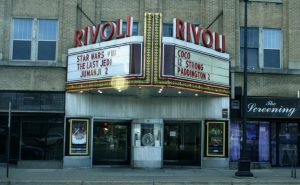
The Rivoli Theater in La Crosse is one of the few theaters that provides movie-goers access to many indie films that most theaters, such as the Winona 7, don’t.
Both theaters emphasized the Best Picture nominees by showing them before and after the Oscars so audiences could watch them on the big screen.
